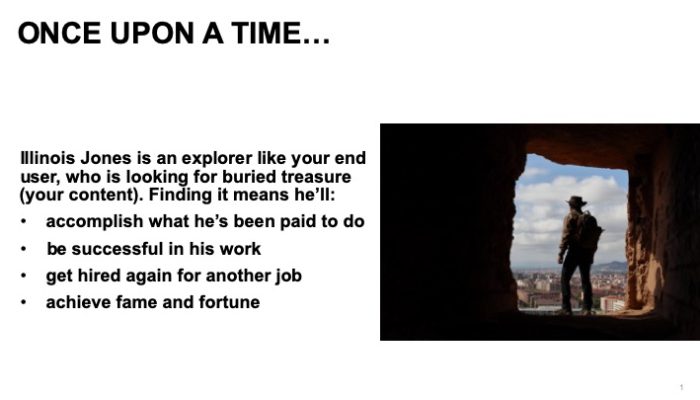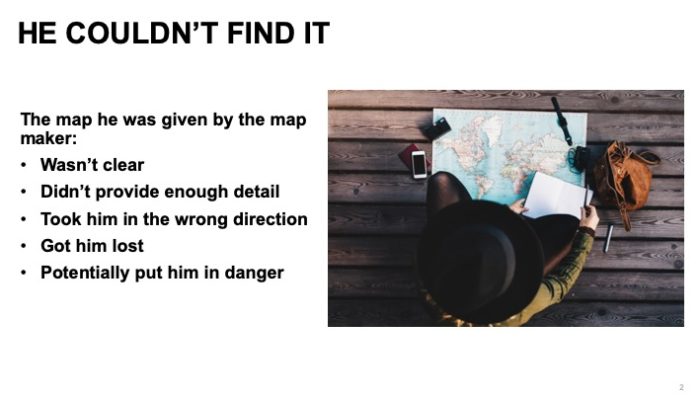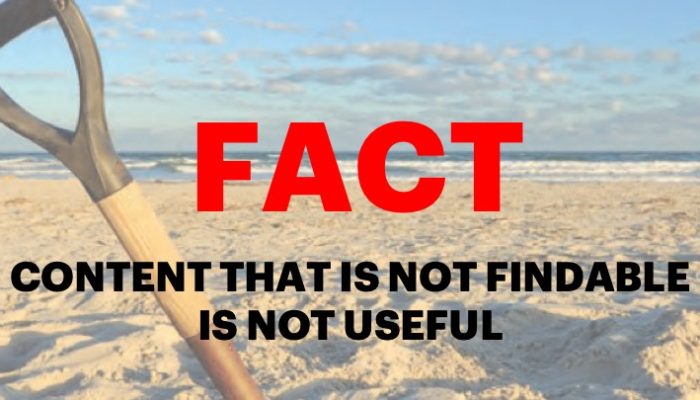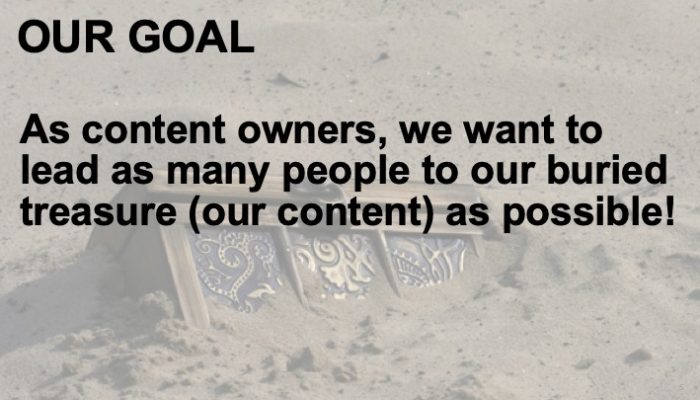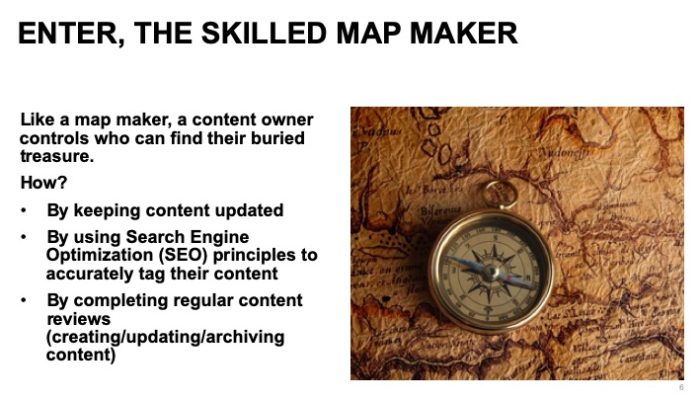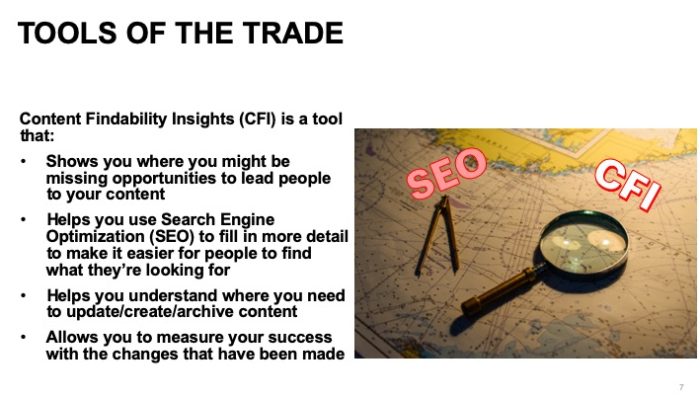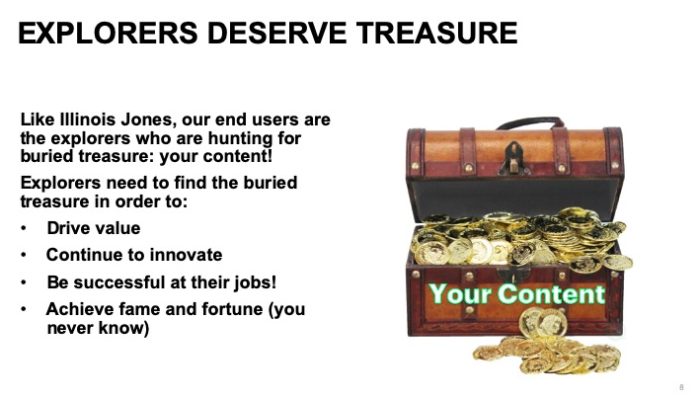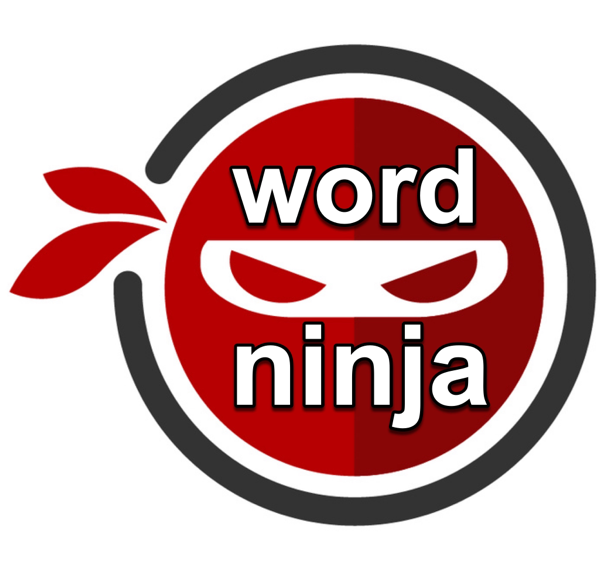In my previous entry, I wrote about keeping communications simple, short and engaging. A considerable part of that is the language you use and the voice you choose to write in. To cast the widest net possible, write in plain, casual language to draw your audience into your content. It’s like putting out a welcome mat for them then handing them a warm cup of hot cocoa. (Well, that’s how I like to think about it.)
In terms of language, stop using jargon (the specialized language of your industry or organization). This includes abbreviations and acronyms specific to both, though there will be exceptions based on both. Sure, there are times when you might be explaining something to a small audience that requires great technical detail, but for larger audiences, you just want to give them a taste, get them interested, and ready to read more.
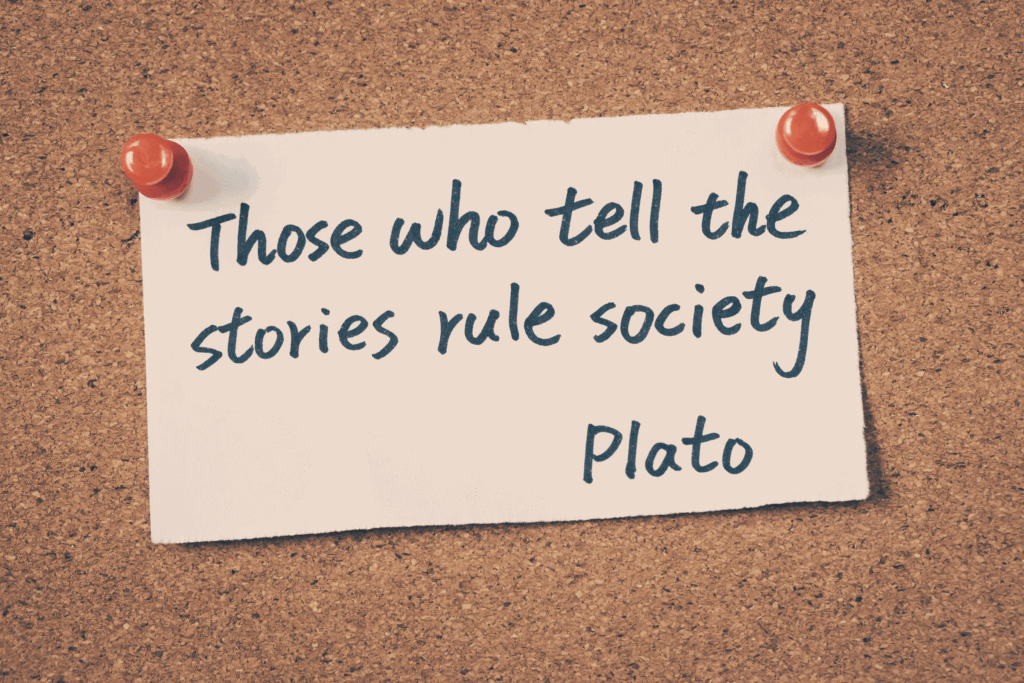
This is where storytelling becomes your greatest tool. Storytelling requires the content creator to pull back from the subject matter and craft it for someone who knows nothing about it. Rather than detailing a process (that might be complicated…and potentially very boring), consider how the reader will benefit from this process and draw a real-world metaphor that will help the reader relate and understand the topic at hand.
As an example, I wrote an earlier blog about a project I led while working at Accenture. Our Enterprise Search team came up with a cool new tool (called CFI) to help content owners understand what people were searching for on their sites–unsuccessfully–which meant there was either a content gap or people were looking in the wrong place. I created a presentation using a treasure map analogy that helped people understand this murky concept–and it proved to be very well received.
As you can see from the slide show, I likened people’s content to buried treasure and those seeking it as treasure hunters–a widely understood concept thanks to books, movies and television. The language is simple and straightforward. I didn’t need to explain precisely what this tool did on a technical level, I just needed to describe the benefits of using it. I took the opportunity to tell a story to get people excited about it. (We created walk-through videos and open office hours to help our content owners use the tool.) But that only happens after the “buy-in” of understanding what the tool will do for them.
Here’s the only reason you need for avoiding jargon: it stops the flow of your writing, ends any kind of useful storytelling you’re doing and pushes your content into instruction manual territory. And who actually reads instruction manuals?
Like, comment and share to grow the Word Ninja community!
Follow Word Ninja on WordPress, LinkedIn, Instagram and Twitter to stay up-to-date on how to create engaging content for your audience.
Let’s communicate better. Together.


